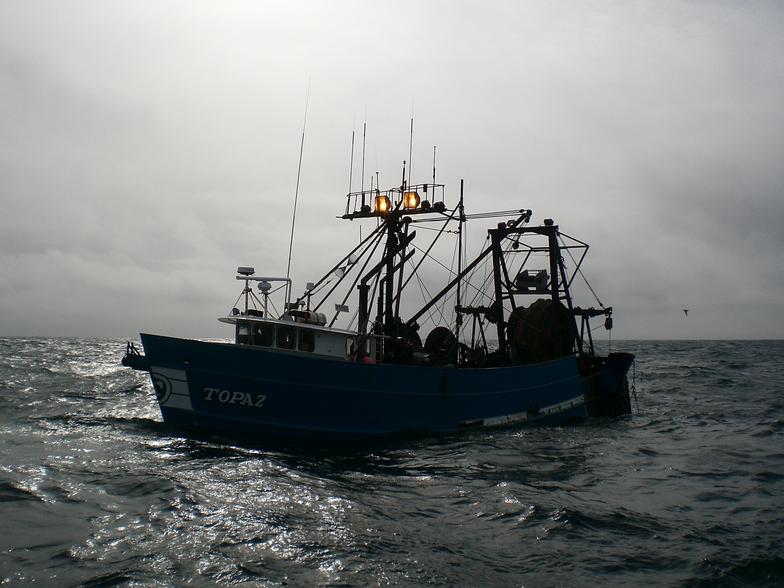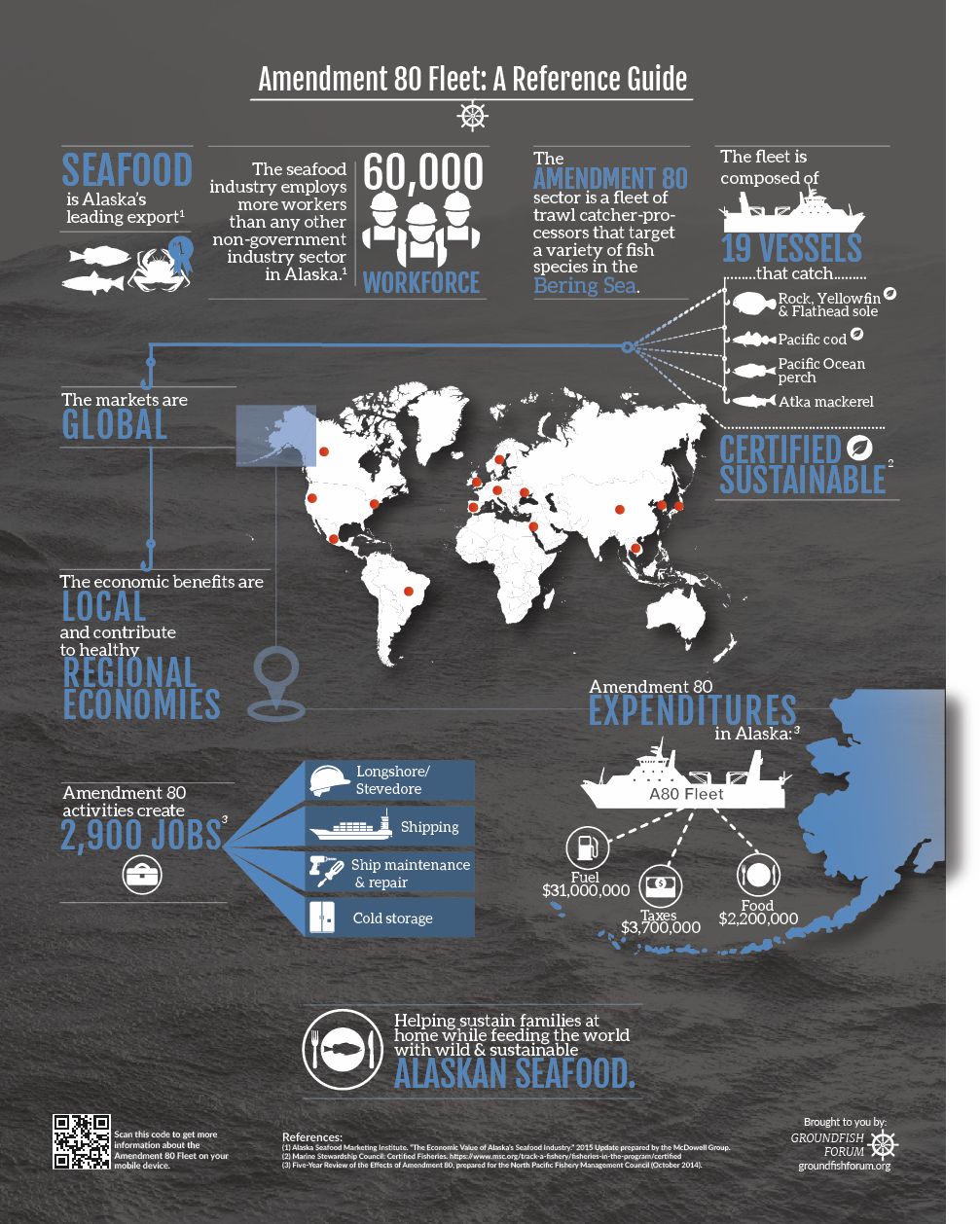What Science Says About the Sustainability of Trawling
National Fisherman – Guest Author Ray Hilborn – July 21, 2022 •

A Kodiak-based groundfish trawler. Alaska Whitefish Trawlers Association photo.
With the launch of several recent advocacy campaigns, bottom trawling is squarely in the crosshairs of some environmental groups and media outlets that regurgitate their press releases.
There is no question that bottom trawling has environmental impacts, as all food production does, but there is misinformation floating around about the true impact of bottom trawling, especially in comparison to other types of fishing and food production. With campaigns like #BanBottomTrawling growing, I want to look at what the science says about the sustainability of bottom trawling.
Sustainability of target species
Many trawl fisheries are certified by the Marine Stewardship Council and recommended by Seafood Watch. Groundfish populations around the world are largely caught by trawls and are, on average, increasing. Certainly, some stocks like New England cod are in poor shape, but it has nothing to do with the method used to catch them.
Impact of trawling on benthic ecosystems
A defining characteristic of bottom trawling is that it uses nets that are dragged along the seafloor. These nets certainly impact the plants and animals that grow on the bottom, but the overall impact of trawling depends on the sensitivity of the individual species, the kind of fishing gear, the underlying geology of the seafloor, and the frequency of trawls.
Some benthic species such as soft corals and sponges are quite sensitive to bottom trawling because they stick well above the bottom, and they are very slow growing. A few passes of the net may eliminate them completely, and it may be decades before they return.
However, a major paper published last year found that across all regions studied, less than 10 percent of trawled area had lost more than 20 percent of its benthic fauna. The vast majority of trawled areas had lost less than 10 percent of the benthic fauna, and the largest U.S. trawl fisheries in Alaska, only a few percent.
This is a huge win for effective fishery management, but is also explained by the fact that most bottom trawling occurs on sand or mud (not reefs), where the habitat is quick to regenerate and the species that live there are evolved to be resilient to disturbance.
Good management can reduce impacts on benthic ecosystems by closing areas with high density of corals and sponges to bottom trawls, by modifying the fishing nets so that the heavier parts do not touch the bottom, and even by not letting the nets touch the bottom. Many trawlers now use nets that barely touch the bottom.
Bycatch and discards
Almost all fishing gear catches non-target species. If these are not of commercial value they are usually discarded at sea, a waste of fishermen’s time and energy, and a pointless loss of life. Bottom trawling discards and bycatch rates vary greatly, with shrimp fisheries discarding the most, but well-managed bottom trawling can almost totally avoid discards. The bottom trawl fishery in the Bering Sea discards less than 8 percent of its catch.
Bycatch has been reduced or eliminated by modifying net design and ways of fishing, and by sharing information within fishing fleets. In Asia everything caught is retained, and the non-marketable species are used for surimi or aquaculture feed.
Several groups around the world are working on using cameras at the mouth of the net to identify the species and size of fish entering the net, and opening panels that eject the unwanted fish. Discarding is being reduced and nearly eliminated in some fisheries that have made it a priority.
Carbon footprint
The major source of carbon footprint from fishing is from fuel use. One major review showed that bottom trawling was the second highest user of fuel, exceeded only by pot and trap fishing. But there are enormous differences in fuel efficiency depending on the kind of trawl, the age of the vessel, and the abundance of the fished species.
Nearly all trawled fisheries have better carbon footprints than beef. Some have a carbon footprint below chicken and pork and comparable to corn.
Bottom trawling’s carbon impact was all over the news last year when a paper published in 2021 argued that by stirring bottom sediments, bottom trawling released more carbon than air travel. The paper is deeply flawed and has been heavily criticized: other estimates are 100 times lower than the headline-grabbing paper.
The carbon footprint of bottom trawling will continue to decrease as inefficient engine systems are replaced with modern diesel engines and eventually, by hydrogen or electric vessels. Improvements in net and boat design are also improving efficiency. Most importantly, healthy fisheries require less fuel to harvest, so improving stock status is paramount.
Conclusion
Banning bottom trawling is not the right approach to global sustainability. Even the worst impact of bottom trawling on benthic ecosystems is less damaging than agriculture, which completely destroys forests and grasslands to produce food.
Catching fish in the ocean uses no pesticides or fertilizer, no freshwater, no antibiotics, and no land. Bottom trawling produces about one-half as much food as global beef production. If it is banned, where will we make up that food?
The way to sustain food production and minimize the environmental impacts is not to ban trawling, but to manage it by providing incentives to the fishing fleets to minimize bycatch, reduce fuel use, minimize benthic impacts, and protect sensitive habitats.
Ray Hilborn is a professor in School of Aquatic and Fishery Sciences at the University of Washington.

